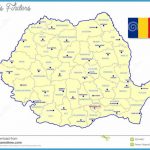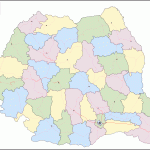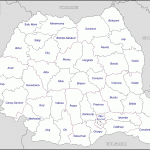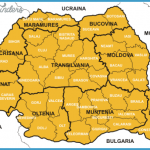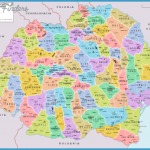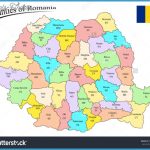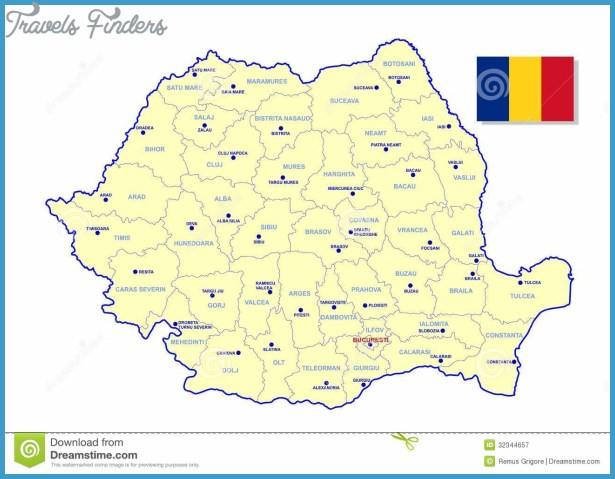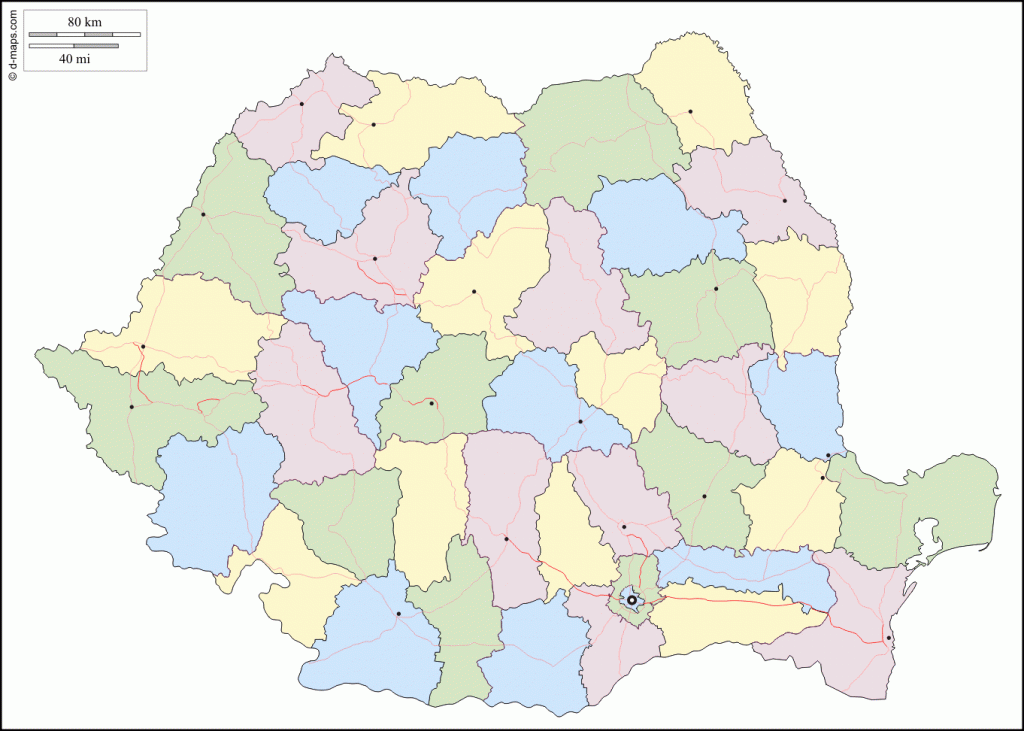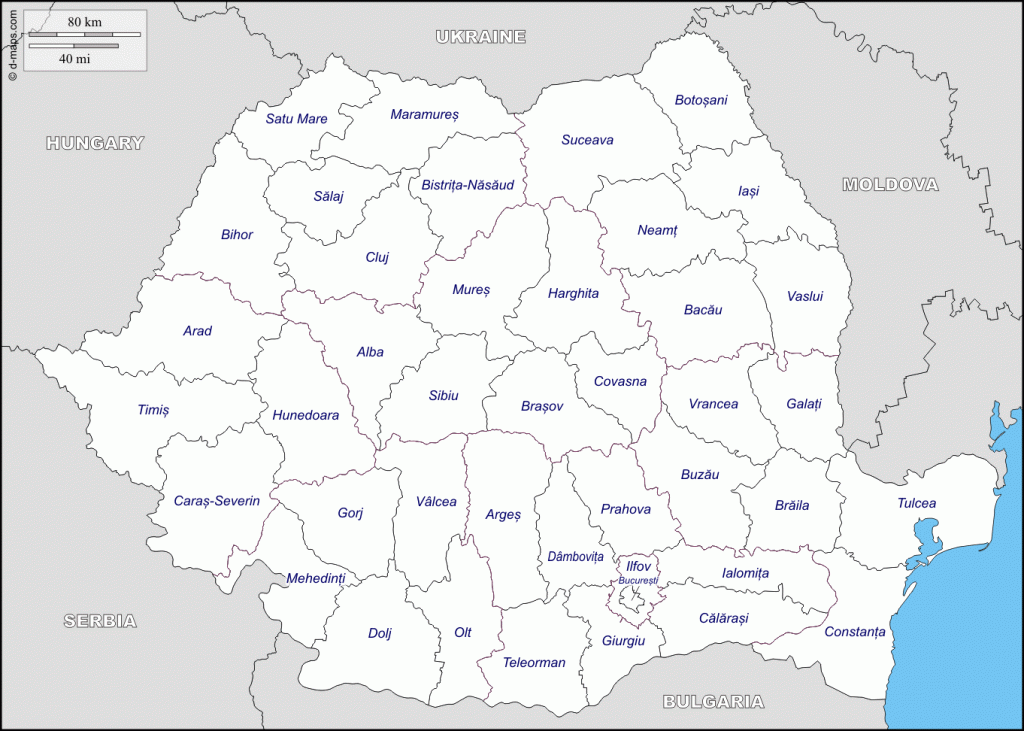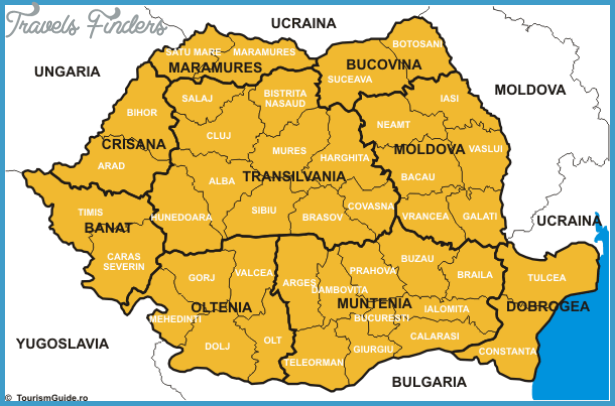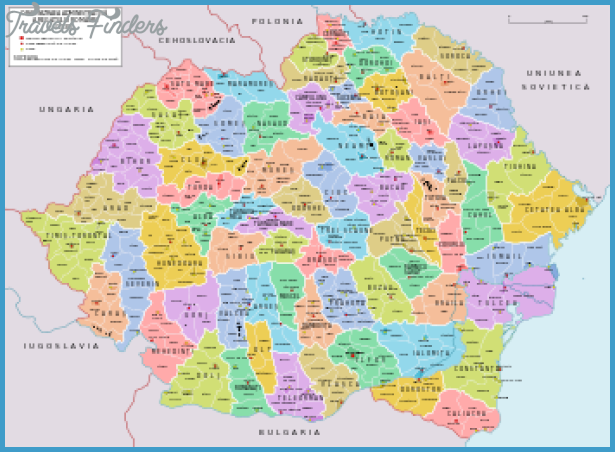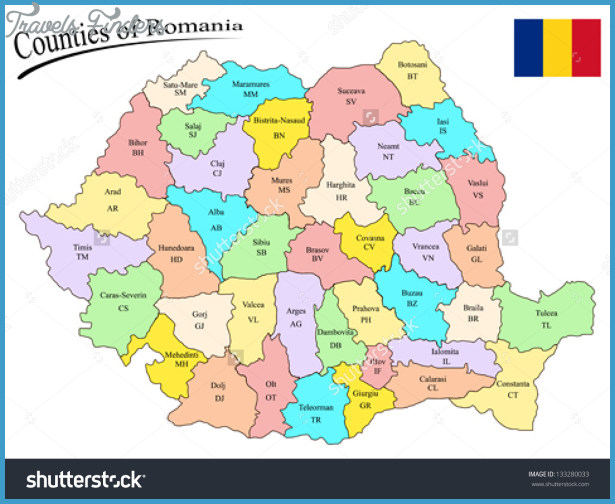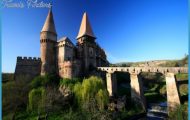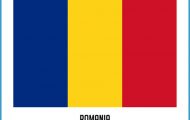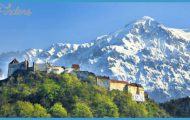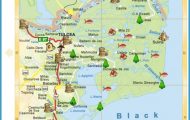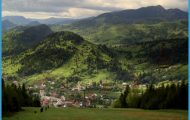We are waiting for you in Romania!
Romanian castles and palaces offer the visitor a range of styles from Baroque, Renaissance and Gothic to Art Nouveau, Rococo and Brancovenesc. Their diversity covers the term between the Xllth and the XXth century.
For eight centuries, lords, princes, kings and officials of the old days competed in the sumptuous buildings they had built. A mixture of images and legends, castles and palaces which have held out until today stands as a testimony of confrontation, traditional on these lands, between the vanguard and the innovations of the Occident and the magnificence of the Orient.
Inserted in the national patrimony and preserved as valuable heritages, the Romanian castles and palaces are forming now one of the main tourist’s attractions of the country.
These are pure history written in stone. Echo of old times and old wood fragrance. Richness and stone hard core. Legend and reality. Past and present. An arch over time
The pearl of the Crown
The Peles Castle watches out at the landmark between history and legend. Due to its beautiful story and to its unique charm, the castle imposed itself as the main attraction of the city of Sinaia (120 kilometers from Bucharest) a famous mountain resort of Prahova Valley.
In 1873, Prince Carol of Hohenzollern-Sigmaringen -the king of Romania between 1866 and 1914- ordered the beginning of the construction works of the Peles Castle. Wilhem Doderer, one of the most brilliant officials of the German School, was designated to conceive the architecture of the building. Karl Liman was the one who patterned to the castle a new-Renaissance style, which, by its richness, reminds us of the extravagance of the famous Bavarian castles and palaces of king Ludovic.
The castle has 160 rooms, all opulently decorated with leather and the most precious essence wood. The most famous are the Armor Room, the Ball Room – where paintings and sculptures representing 16 Hohenzollern castles are exhibited – the Concert Room, and, of course, the Royal Suite.
The statues, Meissen and Sevres porcelains, the gold and silver forks, knives and spoons, as well as the armor and the weapon collections are part of the Peles attractions. The first movie ever broadcasted in Romania took place in the Theatre Room of the palace, in 1906. Also, Peles was the place where many Romanian monarchs retired – Carol I, who died in 1914, King Ferdinand and Queen Maria.
The Economat, located nearby, was built at the same time with the Peles Castle, bearing therefore the same architectural patterns. In 1968 it became a place of accommodation and recreation for the tourists.
The unique atmosphere surrounding the whole area as well as the services rendered to the visitors shall – without any doubt – satisfy even the highest expectation.
Open: Wednesday-Sunday 9:00-17:00; Monday, Tuesday – closed. In November – closed. Address: 2 Peles Street, Sinaia, tel. +40-244-31 21 84 religious objects and photos of the former Sibiu. The museum is also well known through its collection of butterflies, but especially due to its library that contents 350 books dating from the 15th-16th centuries.
Open: during the summer (from May to August): Tuesday-Sunday 9:00-17:00, Monday closed; during the winter (from September to April): Tuesday-Sunday 10:00-16:00; Monday – closed Address: 4-5, Plata Mare, Sibiu, tel. +40-269-21 15 45
The Banffy Palace, built between 1774-1785 in Cluj-Napoca, carries the pattern of Baroque style. Made of 22 rooms, the edifice shelters now the Art Museum and harbours the works of some famous painters and sculptors: Nicolae Grigorescu, Ion Andreescu, Nicolae Toniza, Vida Geza etc. Here we can find medieval art collections -Persian carpets, weapons and furniture.
Romania Map With Counties Photo Gallery
Open: Wednesday-Sunday 10:00-17:00; Monday, Tuesday closed Address: 30, Plata Unirii, Cluj-Napoca, tel. +40-264-19 69 52
The Baroque Palace, located in the western side of Oradea, was built between 1762 and 1770, representing today the biggest Baroque style construction in Romania. Erected on 3 levels, having 100 rooms and 365 windows, the edifice is a copy of the Belvedere Palace in Vienna. The empress Maria Teresa and her son, Iosif II were guests here in 1771. Now, the palace shelters the Tara Crisurilor Museum, with four sections: history, popular art, ethnography and natural sciences.
Open: the 1st of April – the 31st of October: Tuesday, Thursday, Saturday 10:00-15:00, Wednesday, Friday, Sunday 10:00-18:00; Monday closed; the 1st of November-the 31st of March: Tuesday-Sunday 9:30-16:00, Monday closed Address: 1-3, Dacia Blvd. Oradea, tel. +40-259-47 99 18

